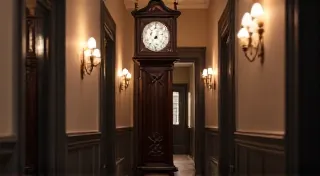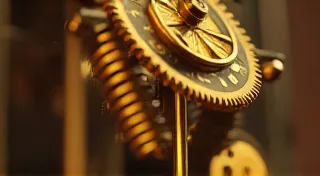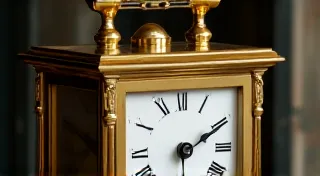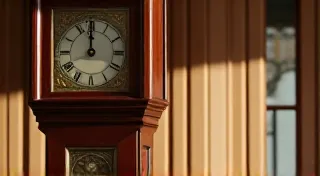The Role of Weights and Pendants in Antique Clocks
Understanding the mechanics of antique clocks is key to appreciating their beauty and accurately identifying their age and origin. While the face and chimes often capture the eye, the internal workings, particularly the system of weights and pendants, play a crucial role in their timekeeping. This article delves into the function of these components and how to discern the correct type for a specific clock movement.
The Basic Function: Gravity in Action
Most antique clocks, especially those powered by a pendulum, rely on gravity to regulate their movement. The weights, suspended from chains or cables, gradually descend, powering the gears and driving the clock's mechanism. The gradual descent of the weights provides the energy needed for the clock to tick and chime.
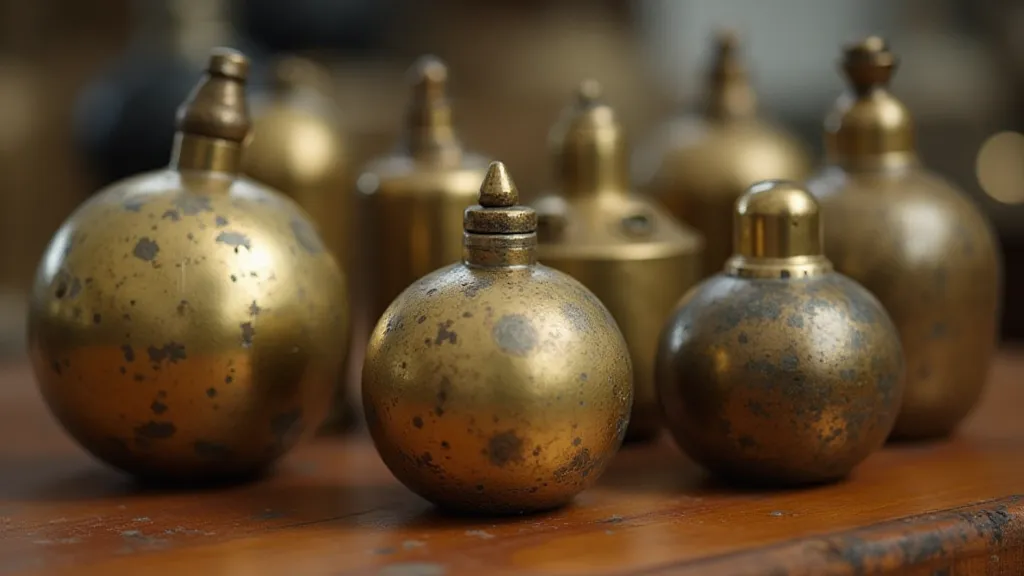
Types of Weights
Antique clocks utilize various weight configurations. Common types include:
- Single Weights: The simplest system, often found in smaller clocks or those with shorter runtimes.
- Double Weights: A more common arrangement, offering increased power and a longer run between windings. Often used in grandfather clocks.
- Triple Weights: Found in larger grandfather clocks needing substantial power. Each weight typically serves a different function – one for the time, one for the strike, and one for chimes.
- Pilot Weights: Smaller weights that assist the main weights in regulating the pendulum’s swing. They are often crucial for accurate timekeeping and can be a key identification feature.
Pendants: The Regulator of Time
Pendants, also known as bob weights, are crucial for regulating the pendulum's swing. They’s position determines the clock’s speed. Adjusting a pendulum's length, most commonly done by moving the pendant, allows the clock to be adjusted for accuracy.
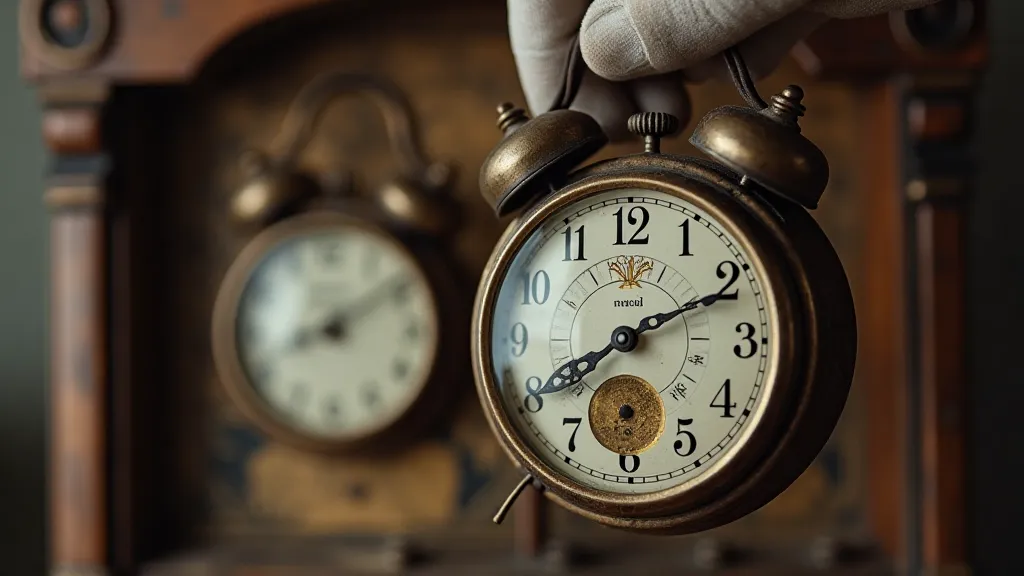
Identifying the Correct Weights and Pendants
Matching the right weights and pendants to a clock movement is critical. Incorrect weights can lead to inaccurate timekeeping or damage the mechanism.
- Weight Size and Material: Weights are usually made of cast iron, brass or lead. Their size correlates to the clock’s size and power demands. Grandfather clocks often require significantly heavier weights than smaller mantel clocks.
- Chain or Cable Length: The length of the chains or cables that suspend the weights needs to match the height of the clock's case.
- Pendant Markings: Some pendants bear markings that indicate the clock manufacturer or intended adjustment range.
- Manufacturer's Documentation: Original catalogs or manuals, if available, are invaluable for identifying correct parts.
A Word of Caution
Working with antique clocks requires care. Incorrectly handling weights can damage the clock's mechanism or pose a safety hazard. If you are unsure about any aspect of the process, consult a qualified clock repair specialist.
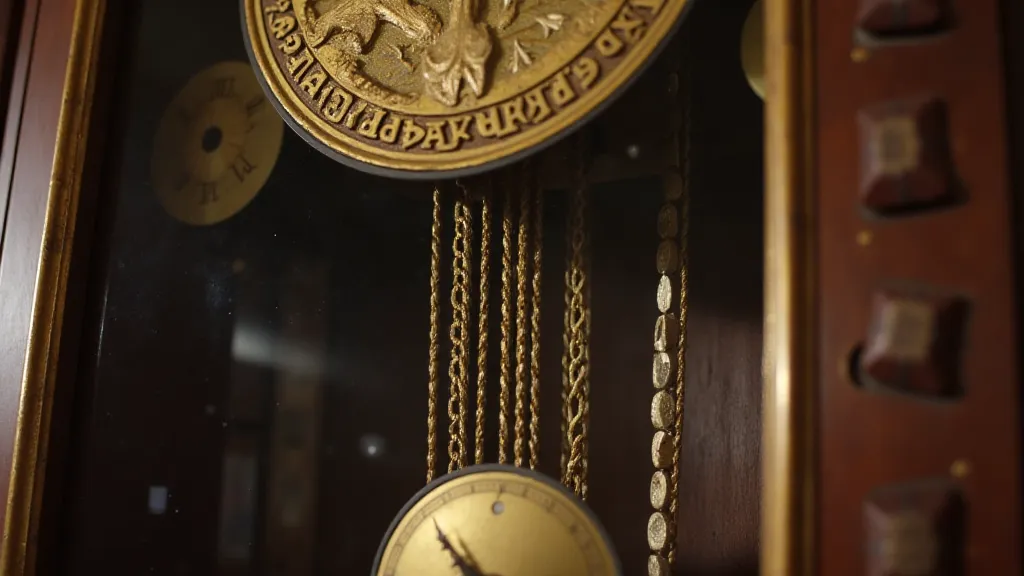
Conclusion
The seemingly simple components of weights and pendants are fundamental to the functionality and value of antique clocks. By understanding their role and learning to identify the correct type for a given movement, enthusiasts can gain a deeper appreciation for these timeless treasures. Careful observation and attention to detail are key to ensuring the accurate identification and preservation of these beautiful pieces of history.
